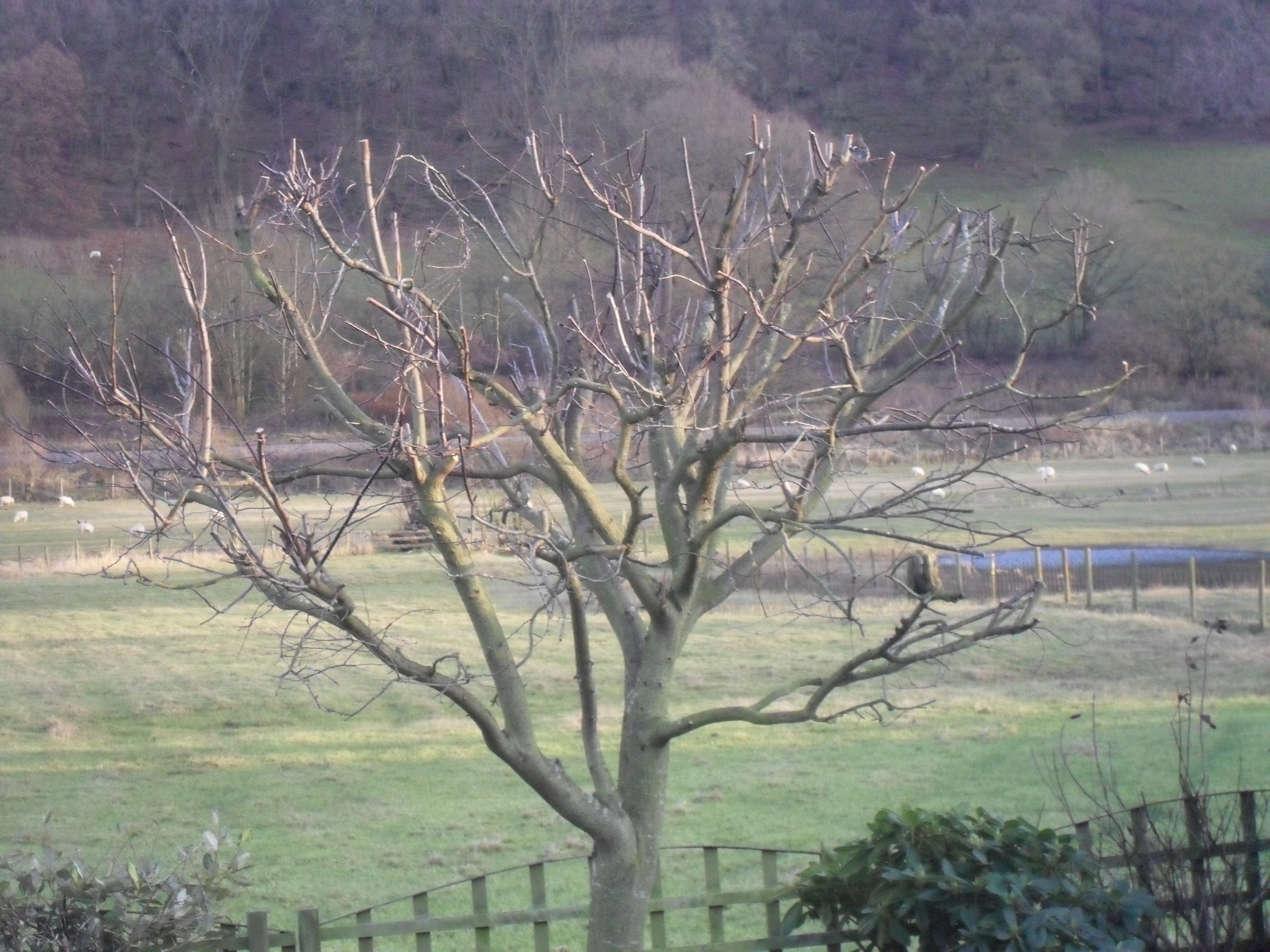Crown Reduction and Thinning

The crown of a tree is measured from where the branches start and does not take into account the main trunk. Crown reductions will reduce the height and /or spread of the crown of a tree. This is achieved by removing the ends of branches while retaining the main framework and balance of the crown, and so, a significant proportion of the leaf bearing structure.
Reductions are the best way to manage the size of trees whilst maintaining good shape and form. Cuts are made to natural growing points helping keep a natural shape and also promoting formation of healthy secondary growth and good overall tree health.
Most trees respond well to overall crown reductions as long as they are done properly. Different species of tree can tolerate different amounts of crown reduction. Trees such as Sycamore, Ash, lime, Poplar and Willow can tolerate slightly heavier crown reductions as they are good at putting on regrowth. Other species such as Beech, Oak and Cherry will struggle with heavy reductions and may die back if pruned too hard.
A crown reduction is often used to provide adequate clearance from adjacent properties and utility lines. This procedure can hugely increase the amount of light and space in your garden and greatly reduce your tree’s wind resistance making it less prone to storm damage in the future.
The final result should retain the main framework of the crown, leaving a similar, although smaller outline.
Crown thinning is the process of removing selected branches (usually dead, weak, overlapping and duplicated branches) from the crown of the tree to improve the balance and structure of the tree and allowing more light and wind to filter through the canopy. This makes the tree a lot more ‘wind-firm’ because the wind filters through the canopy with less risk of snapping branches or blowing the tree over completely. Unlike crown reduction thinning will not alter the tree’s height and spread.

